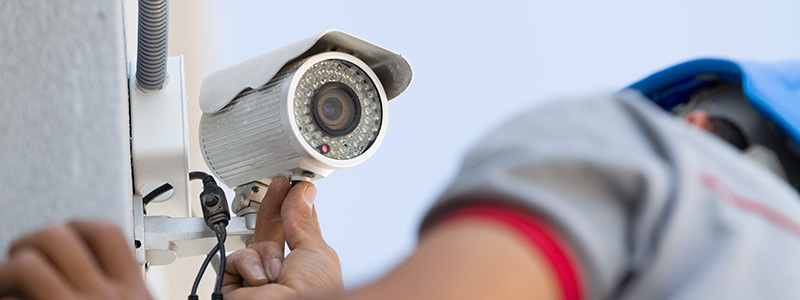Many integrators still feel the pressure to compete in the surveillance market by building their own video solutions together piece by piece. While certainly, they have the experience to complete this undertaking, there is a preferable approach than do-it-yourself systems. Servers and storage pre-built specifically for IP video surveillance make the best solutions. Below are 3 reasons to stop using DIY systems:
- Reliability – When you use a proven solution from a known company, you know this item has been tested, and in some cases, certified by various video management software companies. When you bring in parts from multiple manufacturers, firmware, and systems – issues are bound to occur during the project life-cycle. This results in working with a variety of manufacturers until the unit is patched back together until the next set of problems arise.
- Faster job turn around – When acquiring a system designed for the IP video market, you receive everything at once. To create a DIY system you must wait for all parts coming in at different times, from there you spend more time actually building the system. A full solution system will allow more time working on the other aspects of a project.
- Warranty – Buying the proper system will come warranty coverage; likely on-site. A DIY system has no warranty assurance and plenty of risks. When something goes wrong it’s your time and money going into fixing it, squandering any upfront savings you had. Finding a product with a good warranty will not only ease the strain of your resources by allowing a quick and cost-efficient fix but allow you time to work on the next opportunity.
Typically, the DIY solution is being utilized for smaller projects. For years, there was a hole in the video market for these entry-level server systems. This has since been corrected. There are now name-brand entry-level systems that can offer a variety of features, such as supporting multiple high-definition cameras and housing up to 24TB of storage. These offer quality parts, fast turnaround, and warranty coverage – virtually making DIY systems obsolete.

